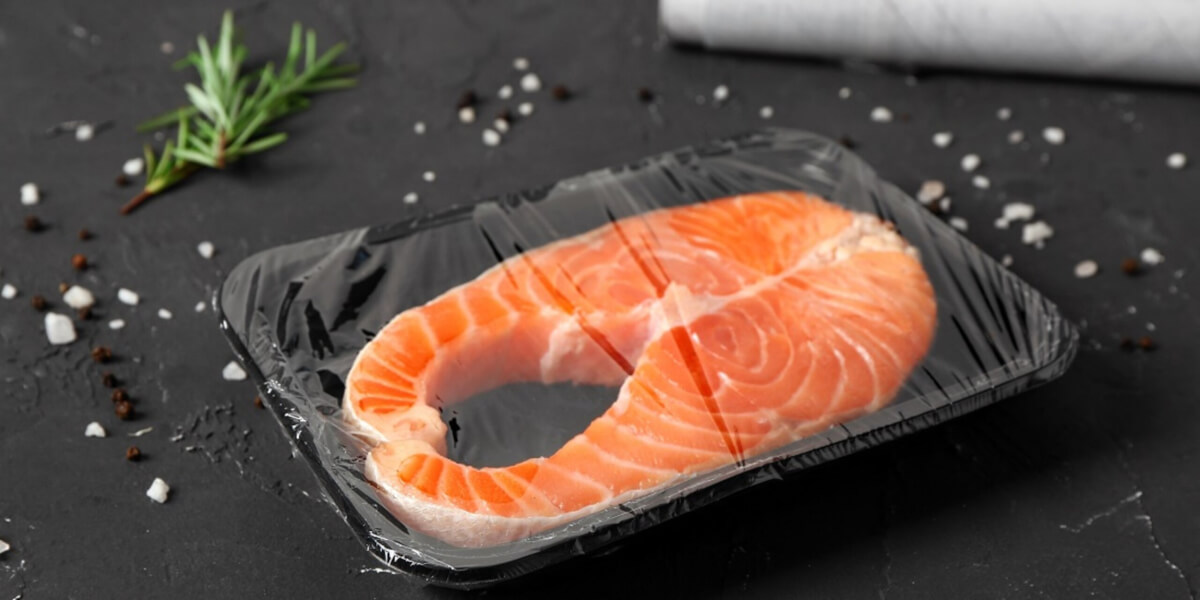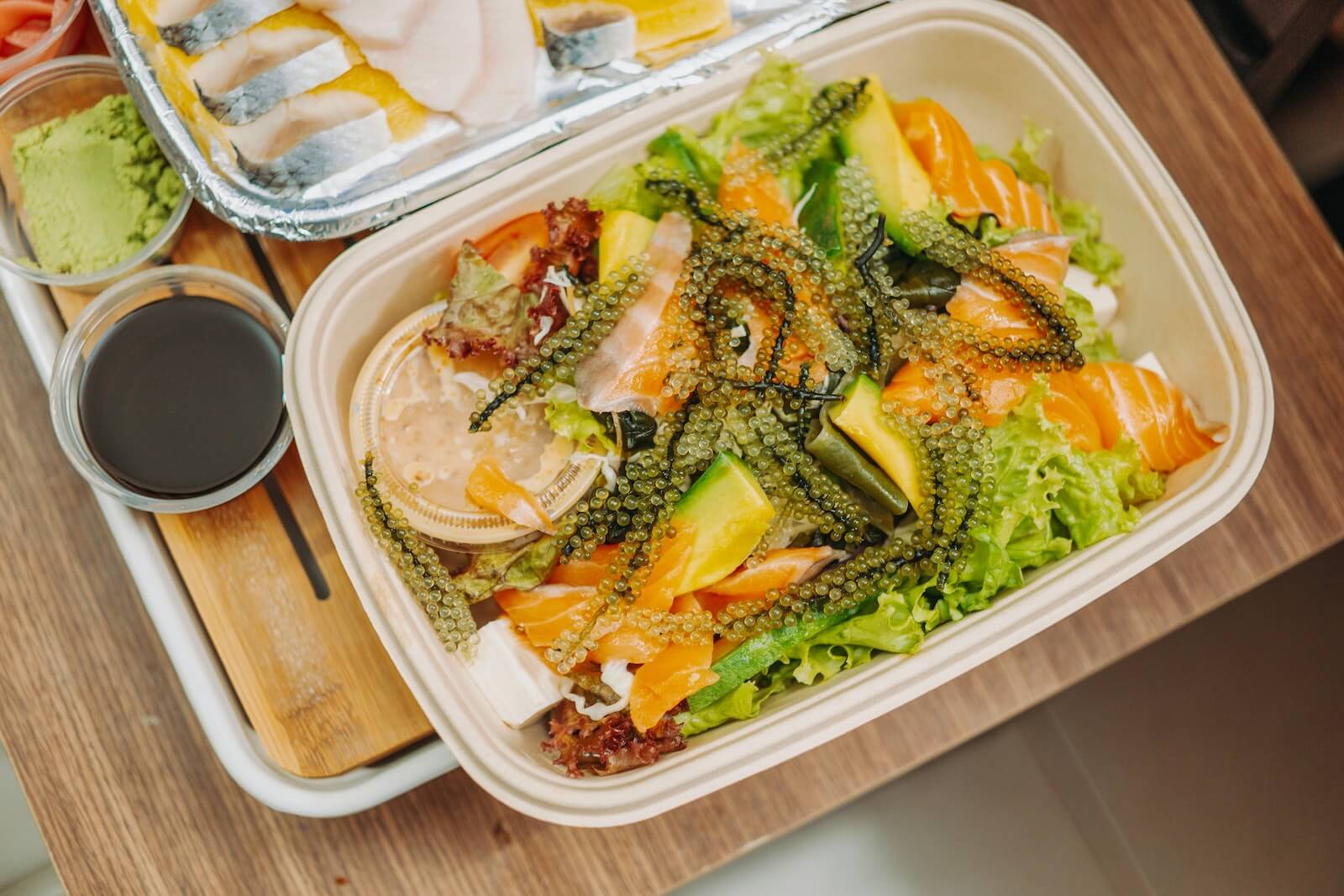TRONDHEIM, Norway — It might be time to ditch plastic containers and zip lock bags to store your food. New research finds that those everyday food packaging materials are leaching a cocktail of potentially harmful chemicals right into your food. In fact, researchers in Norway say they uncovered nearly 10,000 different chemicals in a single food packaging product!
The study, published in the journal Environmental Science & Technology, by researchers from the Norwegian University of Science and Technology tested 36 different plastic food packaging products from Germany, Norway, South Korea, the United Kingdom, and the United States. The findings were troubling as nearly all of the items contained substances that interfered with the body’s hormones and metabolism.
Researchers used a two-pronged approach to figure out what chemicals are lurking in plastic. First, they extracted all the chemicals from each plastic product using methanol. Then, they ran those chemical mixtures through a battery of lab tests to see if they would activate or block specific human receptors involved in regulating our hormones and metabolism. These included receptors for estrogen, testosterone, and key metabolic regulators like the peroxisome proliferator receptor and the pregnane X receptor.
The results were eye-opening. The team found 33 out of the 36 plastic products contained chemicals that activated the pregnane X receptor, which is involved in detoxifying foreign substances but also plays a role in regulating blood sugar and fat metabolism. Twenty-three products contained chemicals activating the peroxisome proliferator receptor, considered the “master regulator” of fat cell development. Chemicals blocking testosterone receptors were found in 14 products, while chemicals mimicking estrogen were detected in 18 products.

“We found as many as 9,936 different chemicals in a single plastic product used as food packaging,” says study co-author Martin Wagner, a professor in NTNU’s Department of Biology, in a media release.
What’s particularly concerning is that exposure to these hormone-disrupting chemicals has been linked to a range of health problems, including obesity, diabetes, reduced fertility, and certain cancers. Children are especially vulnerable to the effects.
Unfortunately, researchers don’t fully know what exactly these problematic chemicals are. Scientists used high-resolution mass spectrometry to try to identify specific chemical compounds in the plastics. However, it’s a bit like looking for needles in a haystack. A single plastic item can contain thousands of different chemicals, many of which are unknown or poorly studied.
Some of the usual suspects showed up, like bisphenol A (BPA) and phthalates. These are well-known hormone disruptors that have already been restricted in certain products, like baby bottles. The study, though, suggests that even BPA-free plastics contain other endocrine-disrupting chemicals that just haven’t been identified yet.
“We identified 11 chemical combinations from plastic products that affect these signal receptors,” notes Wagner.


Researchers did find some interesting patterns. Plastics made from PVC, PUR, and LDPE generally leached more toxic chemicals compared to PET and HDPE plastics. Colored and printed plastics tended to be worse than plain ones. And fatty, oily, or acidic foods are more prone to sucking out chemicals from packaging compared to dry foods.
Overall, the results point to a much broader problem — the use of thousands of poorly understood chemicals in plastics, which can migrate into food. Since we don’t even know the identity of many of these chemicals, they aren’t regulated, and there’s no requirement for manufacturers to test their toxicity or long-term health effects.
Researchers say their findings underscore the urgent need to rethink how we produce plastics. Rather than our current “chemical cocktail” approach, a move towards simpler designs with fewer, well-studied ingredients would go a long way in improving the safety of food packaging.
“These and previous findings show that plastic exposes us to toxic chemicals. They support the theory that we need to redesign plastic to make it safer,” says Wagner.
In the meantime, what can the average consumer do? While it’s nearly impossible to avoid food packaging altogether, the researchers suggest a few tips: transfer food out of plastic containers and into glass or stainless steel for storage, especially when reheating; avoid putting hot food in plastic; and choose dry foods over oily/fatty ones when buying packaged goods. Prioritizing fresh, unpackaged foods is also a good way to reduce your chemical exposure.
StudyFinds’ Matt Higgins contributed to this report.

